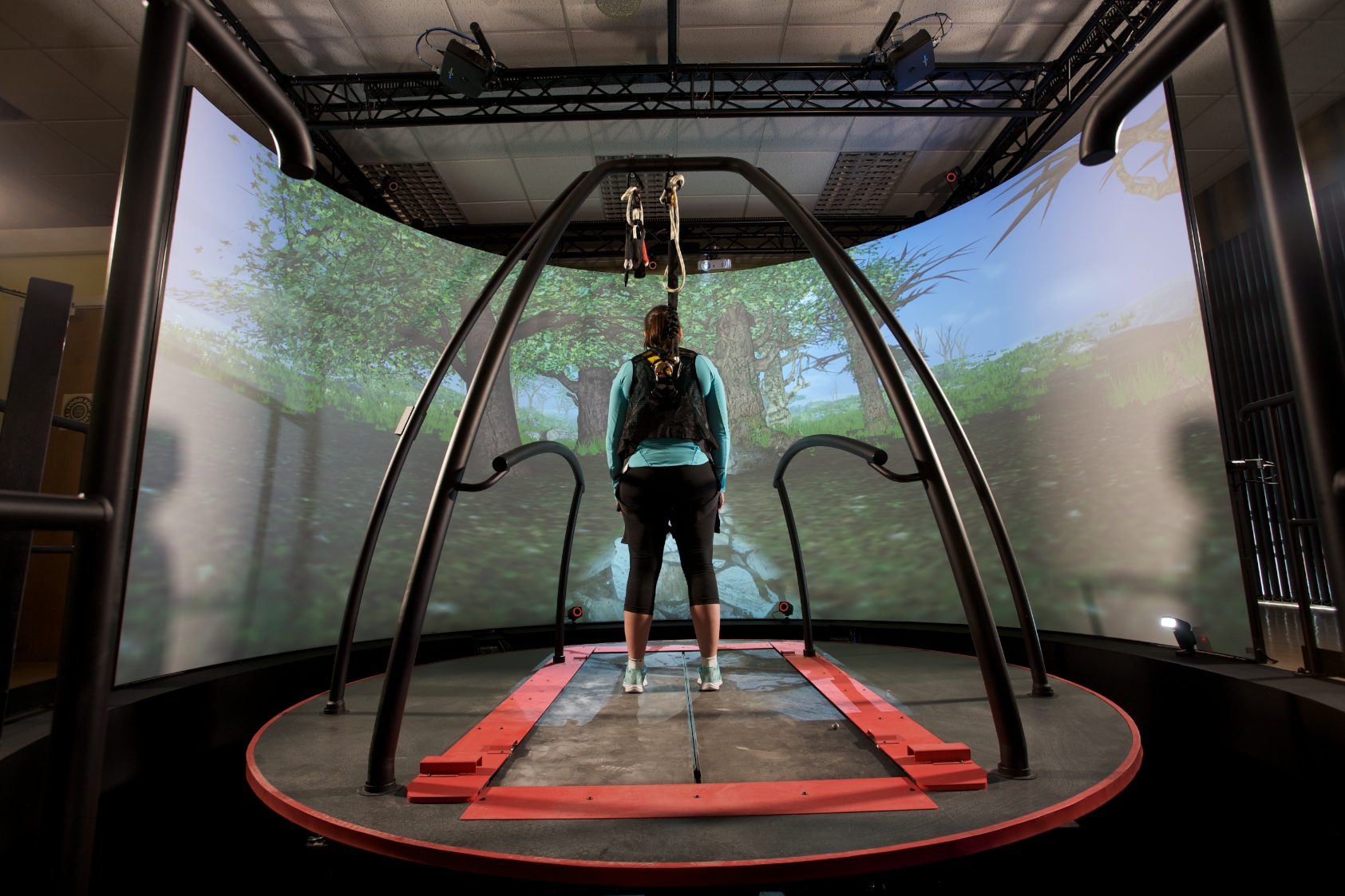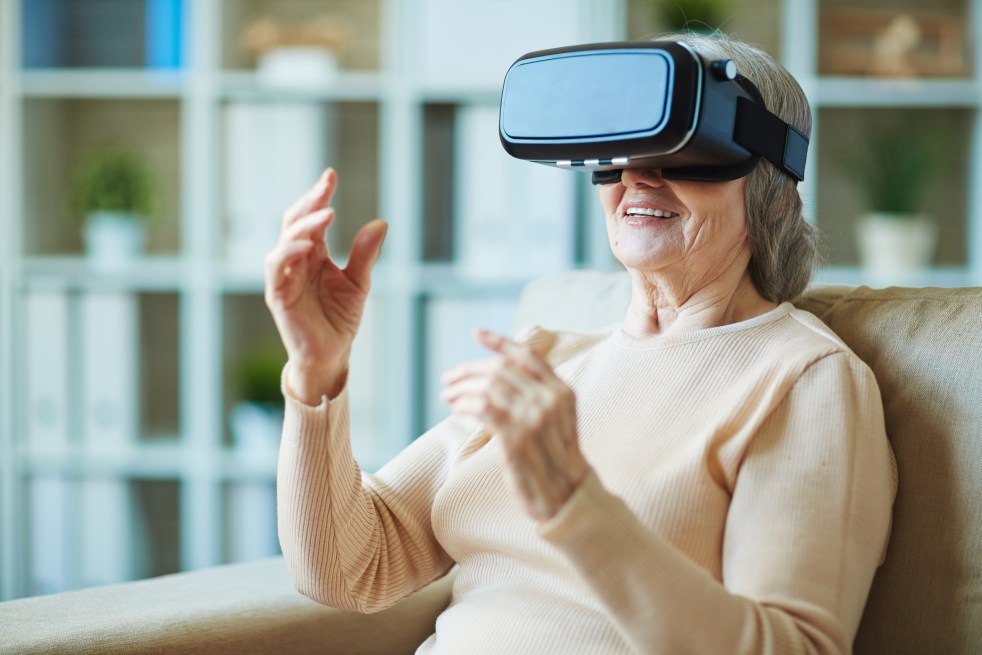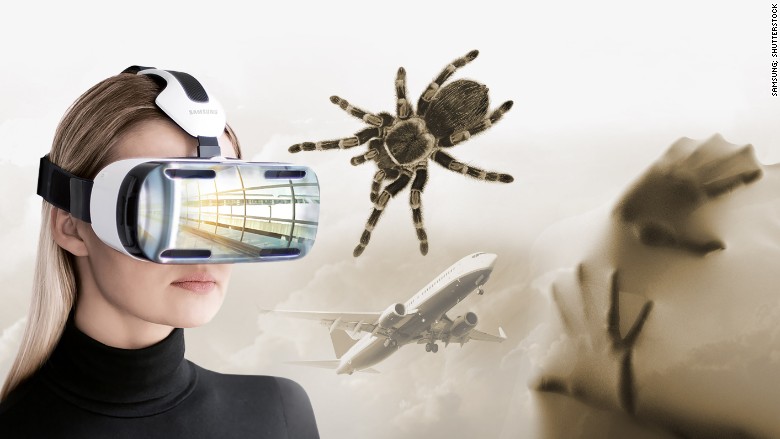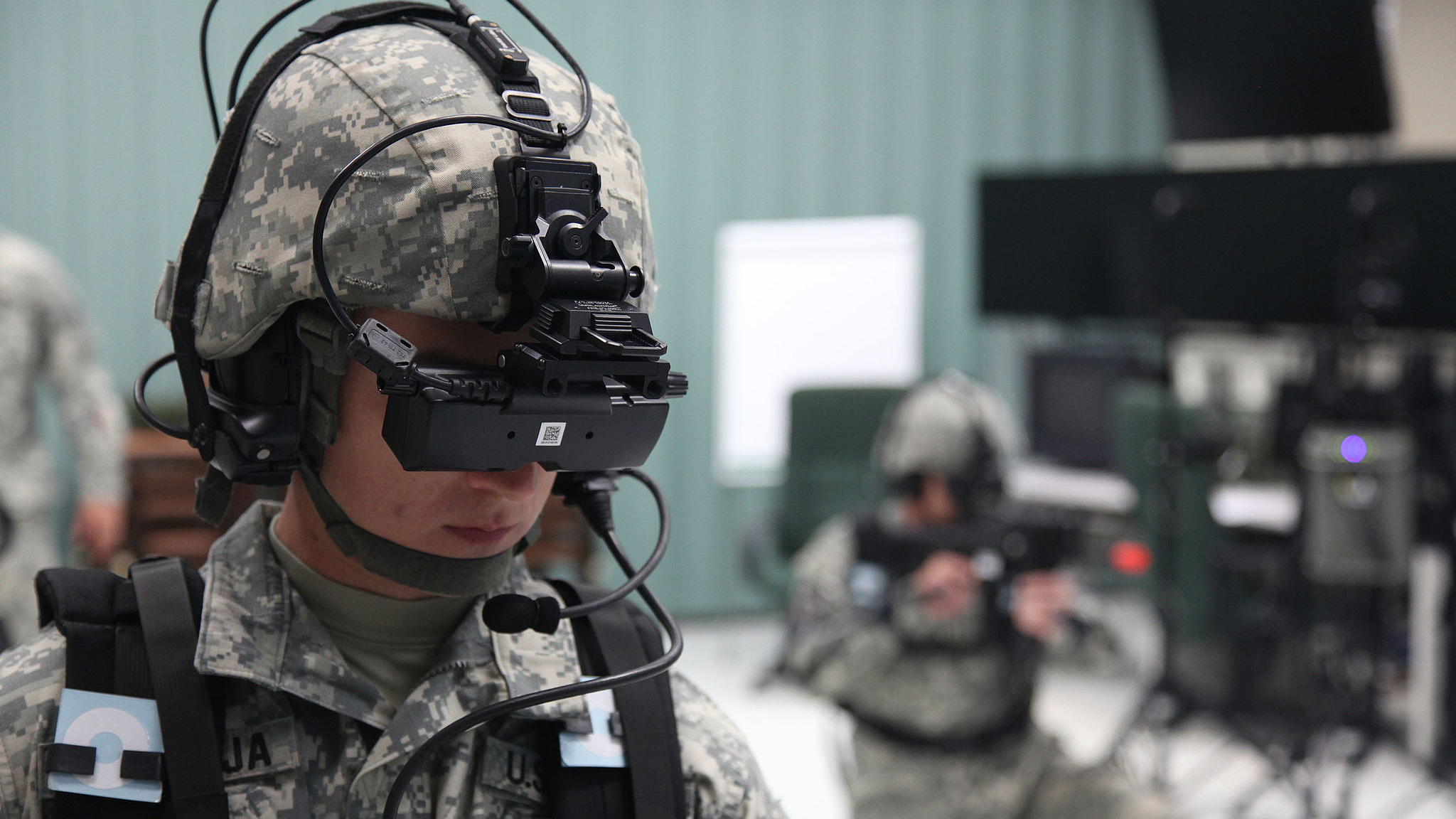The Rise of Virtual Reality Therapy

The use of Virtual Reality Therapy as an option to help patients with a range of conditions has been increasing over the past years. Virtual Reality offers more than just entertainment it’s being used as a tool to improve patient’s health and well-being.
According to Global Industry Analysts, the global market for Virtual Reality in Healthcare is projected to reach US$3.8 billion by 2020. Medical clinics and companies are adopting the use of VR to treat phobias as part of their exposure therapy, part of some phobias treated are fear of flying, driving, arachnophobia, and fear of heights.
Some others examples of medical applications and treatment using VR are:
#1 Physical Therapy

Source: bbc.com
The use of VR as part of a physical treatment allows patients to interact therapy exercises in a VR game. The fun environment created by VR enables patients to be more motivated and engaged when exercising as well as helping them to gain more confidence and speed.
The VR technology can also help patients that had a stroke and suffer from physical injuries. For those patients, some situations for instance, going to the supermarket requires some skills such as mobility and planning that may be difficult to complete. The use of VR would allow patients to practice those skills necessary when shopping, therefore, speeding up the recovery process.
#2 Pain Management

Source: virtualrealitynews.org
Researches and studies suggest that VR can help to relieve pain, as it can reduce pain-related brain activity in different regions.
The use of VR has been adopted as a distraction tool in order to reduce pain, part of the treatment patients wear virtual reality goggles to watch calming video contents to keep the mind engaged in an immersive experience.
The Stanford’s Virtual Reality-Immersive Technology Clinic, is developing a research around how VR can help with pain management. The research explores different ways of using VR in order to help patients with psychosomatic pain by remapping the way patients visualize their body part where they experience pain.
#3 Fears and Phobia

Source: money.cnn.com
VR has been a useful tool to improve exposure therapy as part of fear and phobia treatment, where patients are gradually introduced to their fear by a therapist. During the treatment patients are exposed to challenging situations to overcome their fears, in a case of fear of flying the patient wears the virtual reality therapy goggles and view a simulation of the inside of an airplane.
The Australian company Totem Labs developed a technology to treat people’s fears and phobias through the use of Virtual Reality and 360 filming. The company created experiences for phobias such as dentists, snakes, and needles. It is estimated that 6-12 per cent of people suffer from anxiety to certain type of phobia, therefore it is essential to know how it can be treated in order to reduce the impact on people’s lives. This indicates a potential growth for this new niche industry.
#4 Posttraumatic Stress Disorder

Source: pbs.org
Virtual Reality has also being used to help treat people that suffer from a Posttraumatic Stress Disorder, one example is to assistant patients that have experienced combat traumas. The method using VR allows patients to experience a safe and controlled scenario again furthermore it can be adjusted to similar aspects of the patient trauma memory.
This treatment brings opportunities to war soldiers to overcome their trauma, the VR exposure treatment involves the immersion of the patient in a war simulation. By confronting and dealing with the trauma the brain can start to decrease the level of anxiety and response to those memories.
VR Property Sales Suite


 Click to Learn More
Click to Learn More
The 4 Reasons Chinese Property Buyers Buy


 Accessing High Net Worth Investors in China
Accessing High Net Worth Investors in China




